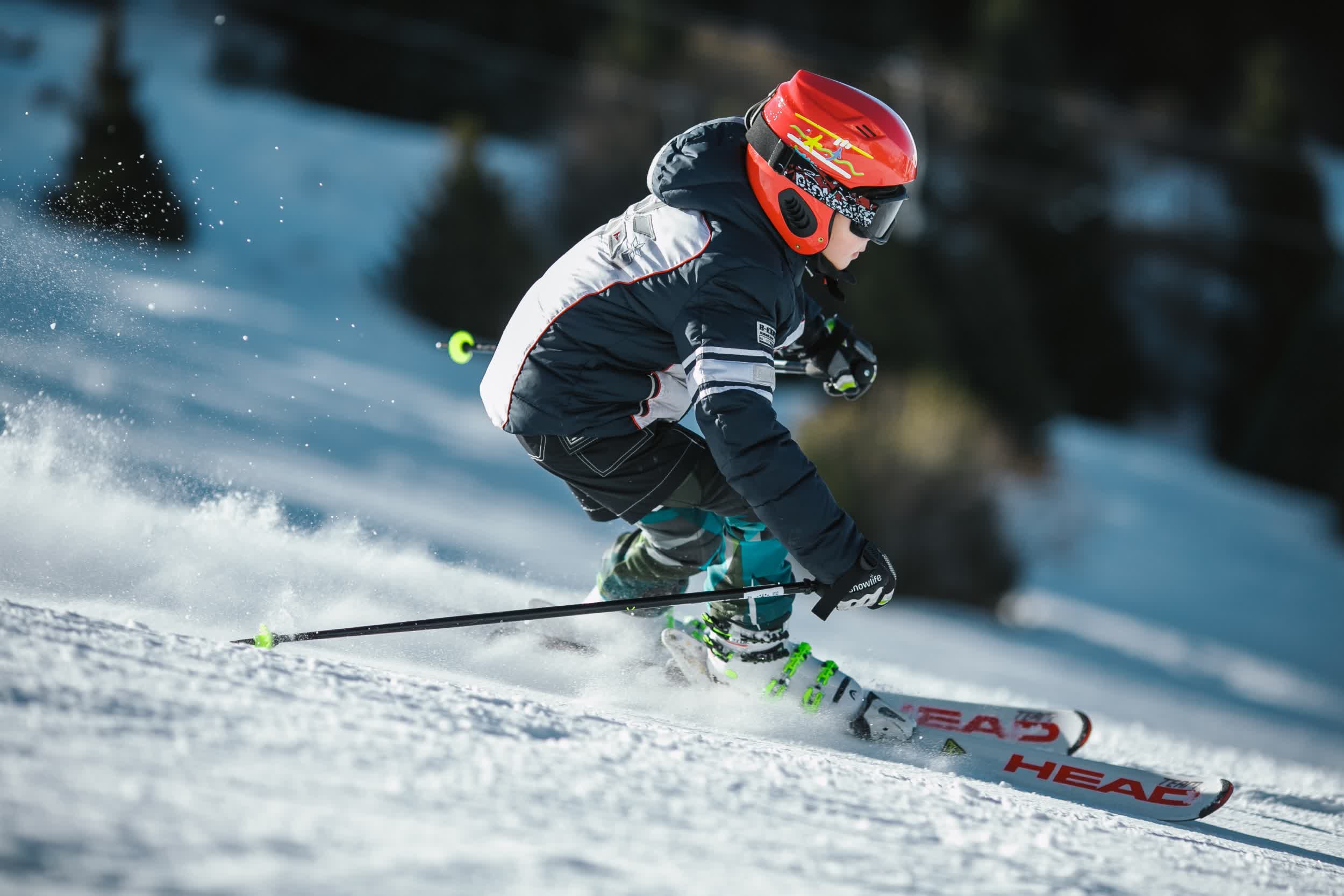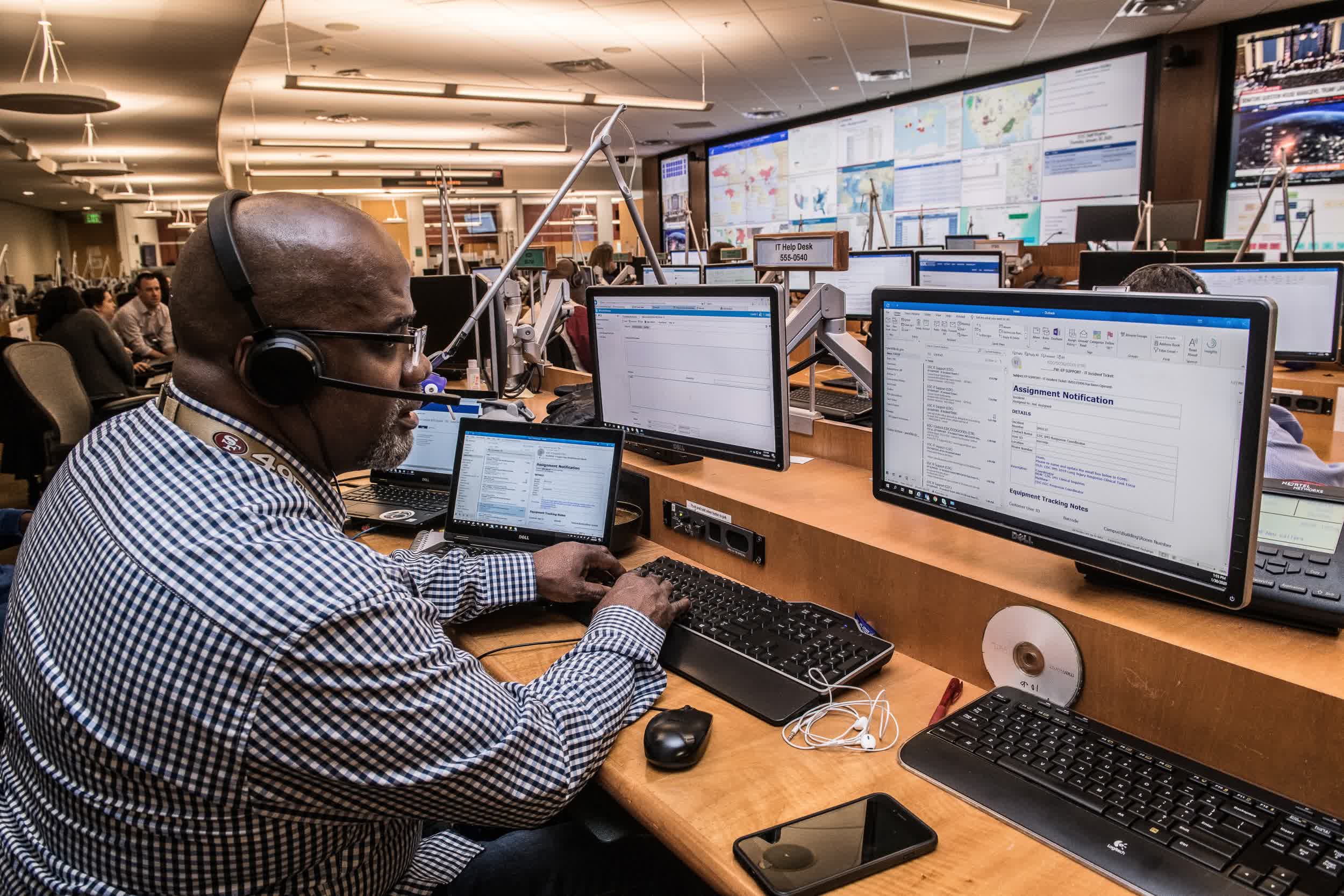Recap: Crash detection debuted in September as one of the standout features of Apple's new iPhones and Apple Watches. In short, crash detection utilizes a handful of on-device sensors and advanced algorithms to determine if you've been in an accident and can automatically notify emergency services and alert specified contacts on your behalf. It's the sort of feature you hopefully never have to rely on, and one that's proven to be a headache for Apple.

In October, The Wall Street Journal reported on a series of false positives stemming from roller coaster riders at multiple theme parks in the Midwest. Now, thrill seekers at ski resorts are inadvertently being a pain in the neck for emergency dispatchers in Utah.

Summit County dispatch center supervisor Suzie Butterfield told local news station KSL that on average, she is receiving three to five emergency calls from Apple devices per day. So far, none of the calls she has fielded have involved actual emergencies.
Most callers have no idea their devices have triggered an emergency call, Butterfield said.
Despite the false alerts, the call center supervisor urges users not to disable the feature, which is activated by default out of the box. She said they would rather people be safe. "We don't mind taking that call because if something really did happen, we want to be able to get to you," she added.
Related reading: YouTuber puts iPhone 14 crash detection feature to the test
But false alarms are a problem as they could tie up dispatchers and first responders should an actual emergency arise at the same time. Apple is well aware of the feature's shortcomings and is taking action.
The tech titan recently released iOS 16.1.2 which improves wireless carrier compatibility and optimizes crash detection on the iPhone 14 and iPhone 14 Pro models. Apple is already working on the next major update, iOS 16.2, which is being beta tested as we speak and is expected to go live to everyone sometime this month.
On an iOS device, head to Settings -> General -> Software Update to start the download and install process.